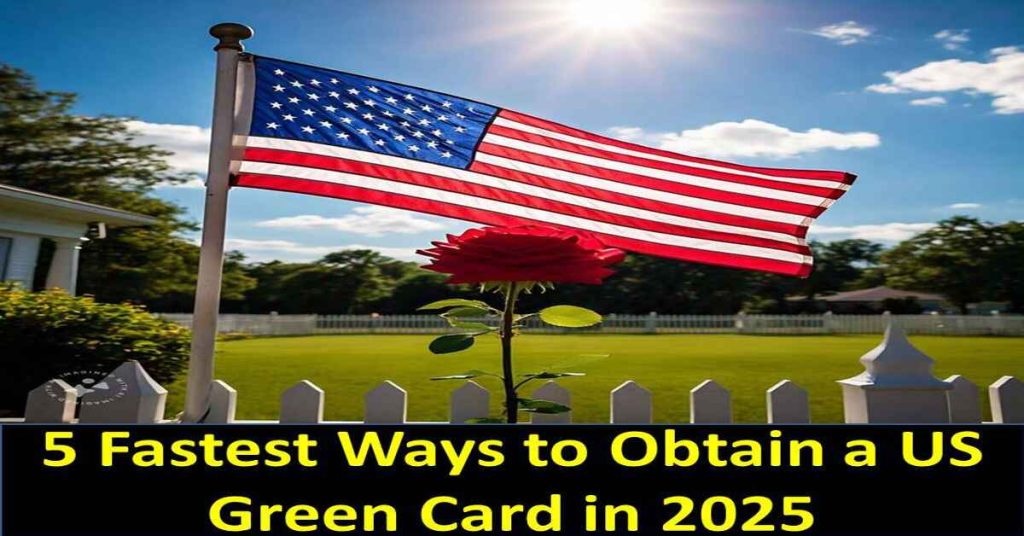Securing a U.S. Green Card, or permanent residency, is a dream for many. However, the process can be challenging, especially for applicants from high-demand countries like India.
This guide highlights the five fastest ways to get a Green Card in 2025, with tips to navigate the process and reduce wait times.
Key Green Card Categories
The U.S. offers two main routes for obtaining a Green Card:
- Family-Based Green Cards
- Immediate Relatives: Spouses, children under 21, and parents of U.S. citizens over 21. No annual visa limits ensure faster approvals.
- Family Preference: Extended family members, such as siblings or married children of U.S. citizens, fall under this capped category (226,000 visas in 2025).
- Employment-Based Green Cards
- Divided into EB-1 to EB-5 categories, these visas focus on skilled workers, investors, and special occupations.
- Annual cap: 140,000 visas, with a 7% per-country limit that often results in longer wait times for countries like India.
5 Fastest Green Card Pathways in 2025
1. Immediate Relatives of U.S. Citizens
- Eligibility: Spouses, children (under 21), and parents of U.S. citizens over 21.
- Processing Time: 1 to 3 years.
- Advantages: No numerical limits, making this the quickest route for family-based Green Cards.
2. EB-5 Investor Visa
- Eligibility: Invest at least $800,000 in a U.S. business that creates jobs.
- Processing Time: 1 to 3 years for a conditional Green Card.
- Key Benefit: Priority “Set-Aside” visas for EB-5 applicants are current, meaning no backlog in 2025.
3. Family Preference F2A
- Eligibility: Spouses and children of Green Card holders.
- Processing Time: Varies based on priority date (cutoff as of January 2025 is January 1, 2022).
- Advantages: Quicker approvals for immediate family members of permanent residents.
4. EB-1 Priority Workers
- Eligibility:
- Individuals with extraordinary abilities in fields like arts, sciences, or business.
- Outstanding professors or researchers.
- Multinational executives.
- Processing Time: Cutoff date as of January 2025 is February 1, 2022.
- Advantages: Self-petition option allows applicants to apply without employer sponsorship.
5. EB-4 Special Immigrants
- Eligibility: Religious workers, juveniles, U.S. government employees abroad, and armed forces members.
- Processing Time: Current cutoff date is January 1, 2021.
- Advantages: Tailored for specific groups with fewer applicants.
Overcoming Challenges for Indian Applicants
1. Dealing with Backlogs
- Applicants from India often face wait times exceeding 10 years in certain employment-based categories like EB-2.
- Monitor the Visa Bulletin regularly to track priority dates.
2. Choosing Self-Petitioning Categories
- EB-1 and EB-5 are ideal for those without family ties in the U.S., as they allow applications based on personal achievements or investments.
3. Strategic Planning
- Immediate relatives and EB-5 applicants generally enjoy faster processing due to fewer restrictions.
- Employment-based visas may require detailed documentation and adherence to strict deadlines.
Conclusion
Navigating the U.S. Green Card process in 2025 can be challenging, but choosing the right pathway can significantly reduce delays. Whether you qualify as an immediate relative, investor, or priority worker, understanding your options is key to success.
Stay updated on immigration policies, leverage self-petitioning opportunities, and check your priority dates frequently to fast-track your journey to U.S. permanent residency.





